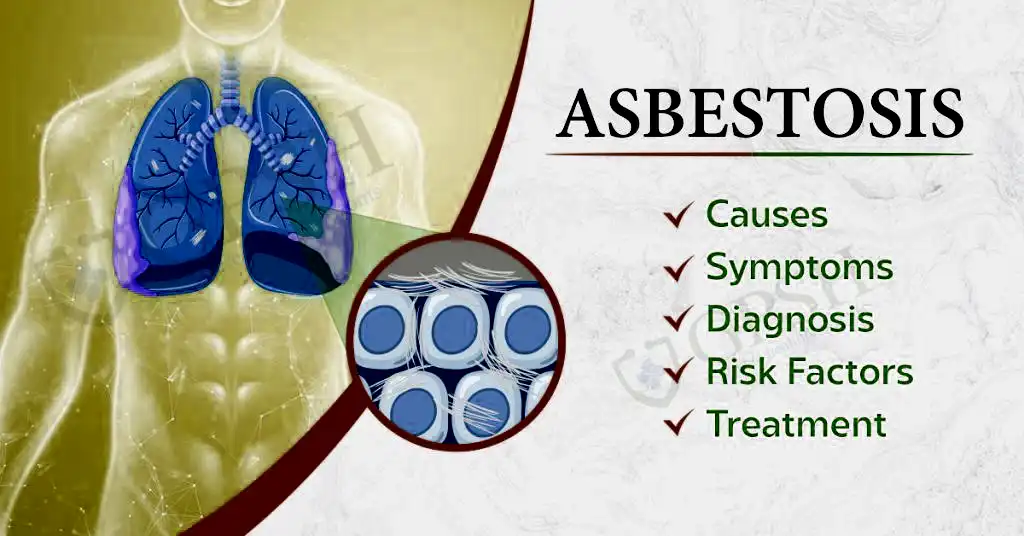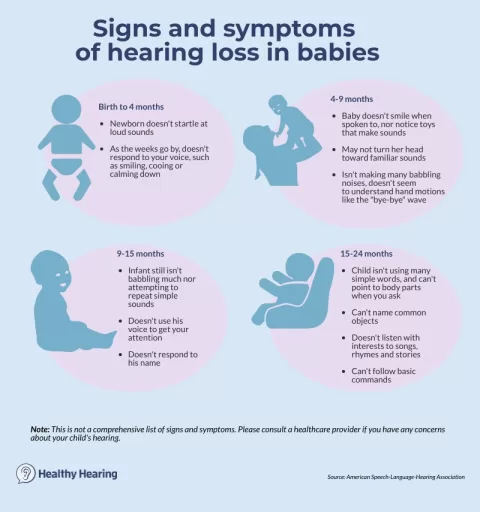Understanding Asbestosis is essential for anyone exposed to asbestos, as this chronic lung disease poses serious health risks. Asbestosis symptoms often manifest long after the initial exposure, making early diagnosis critical for effective management. The causes of asbestosis are primarily linked to inhaling asbestos fibers, commonly found in certain work environments such as construction and shipbuilding. Current asbestosis treatment focuses on alleviating symptoms and improving the quality of life, as there is no cure for the disease. Ongoing research into asbestosis aims to uncover new insights into its diagnosis and management, highlighting the importance of awareness and education.
Asbestosis, often described as a debilitating lung condition caused by asbestos exposure, is a significant health concern for workers in high-risk industries. This disease results in serious respiratory issues, stemming from long-term inhalation of harmful asbestos fibers. Recognizing the signs of asbestosis, including persistent cough and shortness of breath, is crucial for individuals who may have been exposed. Moreover, understanding the implications of asbestosis causes and the importance of timely diagnosis can aid in preventing severe health complications. With continuous advancements in asbestosis treatment and research, there is hope for better management strategies and improved patient outcomes.
Understanding Asbestosis: Symptoms and Diagnosis
Asbestosis is a chronic respiratory disease that results from prolonged exposure to asbestos fibers. The symptoms of asbestosis often develop gradually and may not surface until decades after the initial exposure. Common symptoms include persistent cough, shortness of breath, and chest pain, which can significantly affect a person’s quality of life. These symptoms are indicative of lung inflammation and scarring that occurs as the lungs try to respond to the inhaled fibers. Therefore, it is crucial for individuals who have worked in environments with asbestos exposure to monitor their health closely for any emerging respiratory issues.
Diagnostic methods for asbestosis typically involve a combination of imaging tests and a thorough review of the patient’s occupational history. Chest X-rays and CT scans are essential tools in detecting the characteristic lung changes associated with asbestosis, such as interstitial lung disease and pleural thickening. Accurate diagnosis is critical as it helps differentiate asbestosis from other asbestos-related diseases, including mesothelioma, which can have similar symptoms but requires different management strategies. Early diagnosis is key to managing symptoms and improving the overall prognosis for those affected.
Asbestosis Causes: Understanding the Risks
The primary cause of asbestosis is the inhalation of asbestos fibers, which are microscopic and can remain airborne for extended periods. Occupational exposure is most common in industries such as construction, shipbuilding, and manufacturing, where workers might come into direct contact with asbestos-containing materials. Asbestos was widely used in the past due to its heat-resistant properties, but its association with severe health risks has led to stricter regulations and bans in many countries. Understanding the causes of asbestosis is essential for prevention and for protecting workers in high-risk environments.
In addition to occupational exposure, secondary exposure can occur when family members come into contact with asbestos fibers brought home on clothing or equipment. This highlights the importance of workplace safety measures, including the use of protective gear and proper handling of asbestos materials. Awareness of the causes and risk factors associated with asbestosis is vital in reducing the incidence of this chronic lung disease, especially considering the long latency period that can delay diagnosis and treatment.
Current Treatment Options for Asbestosis
Currently, there is no cure for asbestosis, and treatment focuses primarily on alleviating symptoms and improving the quality of life for affected individuals. Common treatment options include oxygen therapy, which helps manage shortness of breath, and pulmonary rehabilitation, aimed at enhancing lung function through exercise and education. Additionally, it is crucial for patients to avoid further exposure to harmful substances, including tobacco smoke, which can exacerbate respiratory issues and lead to more severe complications.
Monitoring for complications is also a critical aspect of managing asbestosis. Patients may be at an increased risk for developing lung cancer and other pulmonary conditions. Regular follow-up appointments with healthcare providers can help detect any changes in lung function and allow for timely interventions if necessary. While the management of asbestosis can be challenging, a multidisciplinary approach involving pulmonologists, respiratory therapists, and support groups can provide comprehensive care and support.
Latest Research on Asbestosis: Emerging Insights
Recent studies on asbestosis have focused on understanding the pathophysiology of the disease and identifying potential biomarkers for early diagnosis. Research has revealed that the inflammatory response triggered by asbestos exposure may lead to significant lung damage over time. Additionally, scientists are exploring new imaging techniques that could improve the accuracy of asbestosis diagnosis, enabling earlier detection and intervention. Keeping up with these developments is crucial for healthcare providers and patients alike, as advancements in research can lead to improved outcomes.
Furthermore, ongoing investigations are assessing the effectiveness of various treatment modalities, including new pharmacological agents that aim to reduce lung inflammation and fibrosis. Community health initiatives are also being evaluated to increase public awareness about the dangers of asbestos exposure, particularly among at-risk populations. As research continues to evolve, it is imperative that those affected by asbestosis stay informed about the latest findings and actively participate in discussions regarding their health and treatment options.
Asbestosis vs Mesothelioma: Key Differences
While both asbestosis and mesothelioma are linked to asbestos exposure, they are distinct diseases with different implications for patients. Asbestosis is primarily characterized by lung scarring and respiratory issues that develop after prolonged exposure to asbestos. Symptoms can take years to manifest, and the disease progression varies among individuals. In contrast, mesothelioma is a type of cancer that specifically affects the lining of the lungs and can be identified more readily due to its aggressive nature and earlier symptom onset. Understanding these differences is crucial for patients and healthcare providers in determining the appropriate course of action.
The management strategies for asbestosis and mesothelioma also differ significantly. While asbestosis treatment focuses on symptom management, mesothelioma often requires aggressive interventions such as surgery, chemotherapy, or radiation therapy. Additionally, the prognosis for mesothelioma is generally poorer than that for asbestosis, making early diagnosis and treatment even more critical in the case of mesothelioma. By recognizing the distinctions between these two asbestos-related diseases, healthcare professionals can better tailor their approach to care and improve outcomes for their patients.
Frequently Asked Questions
What are the common symptoms of asbestosis?
Understanding asbestosis symptoms is crucial for early detection. Common symptoms include shortness of breath, persistent cough, chest pain, fatigue, and wheezing. These symptoms often develop years after initial asbestos exposure, making awareness vital for those at risk.
What causes asbestosis and how does exposure occur?
Asbestosis is primarily caused by inhaling asbestos fibers, with significant risks in industries like construction, manufacturing, and shipbuilding. Understanding asbestosis causes helps identify at-risk individuals, emphasizing the importance of safety measures and monitoring in occupational settings.
How is asbestosis diagnosed by healthcare professionals?
Understanding asbestosis diagnosis involves imaging tests such as chest X-rays or CT scans that reveal lung scarring. A thorough review of occupational history is also essential, allowing healthcare providers to accurately identify and manage this condition.
What treatment options are available for asbestosis?
Currently, there is no cure for asbestosis, but understanding asbestosis treatment focuses on symptom management. Treatment options include oxygen therapy, pulmonary rehabilitation, and regular monitoring for complications, helping patients maintain quality of life.
What is the latest research on asbestosis and its implications?
Understanding the latest research on asbestosis highlights ongoing efforts to improve diagnosis and treatment. Recent studies emphasize the importance of public health initiatives, such as national registries to monitor asbestos-related diseases, enhancing awareness and prevention strategies.
| Key Points | Details |
|---|---|
| Definition | Chronic lung disease caused by inhaling asbestos fibers, leading to lung scarring. |
| Symptoms | Shortness of breath, persistent cough, chest pain, fatigue, wheezing. |
| Causes | Primarily caused by inhaling asbestos fibers in certain industries. |
| Diagnosis | Involves imaging tests like chest X-rays or CT scans and review of exposure history. |
| Treatment | Focuses on symptom management; no cure available. |
| ICD-10 Code | J61, categorized under pneumoconiosis due to asbestos exposure. |
| Asbestosis vs Mesothelioma | Asbestosis involves lung scarring, while mesothelioma is a cancer affecting the lung lining. |
| Chest X-Ray Findings | Show bilateral pleural thickening and interstitial lung disease. |
Summary
Understanding Asbestosis is crucial for those at risk of asbestos exposure. This chronic lung disease manifests through severe symptoms such as shortness of breath and persistent coughing, often appearing many years after initial exposure. Diagnosis typically involves imaging tests, while treatment focuses on managing symptoms, as there is no cure. Awareness and regular health monitoring are essential for individuals in high-risk occupations to ensure early detection and management of this serious condition.
The content provided on this blog (e.g., symptom descriptions, health tips, or general advice) is for informational purposes only and is not a substitute for professional medical advice, diagnosis, or treatment. Always seek the guidance of your physician or other qualified healthcare provider with any questions you may have regarding a medical condition. Never disregard professional medical advice or delay seeking it because of something you have read on this website. If you believe you may have a medical emergency, call your doctor or emergency services immediately. Reliance on any information provided by this blog is solely at your own risk.








